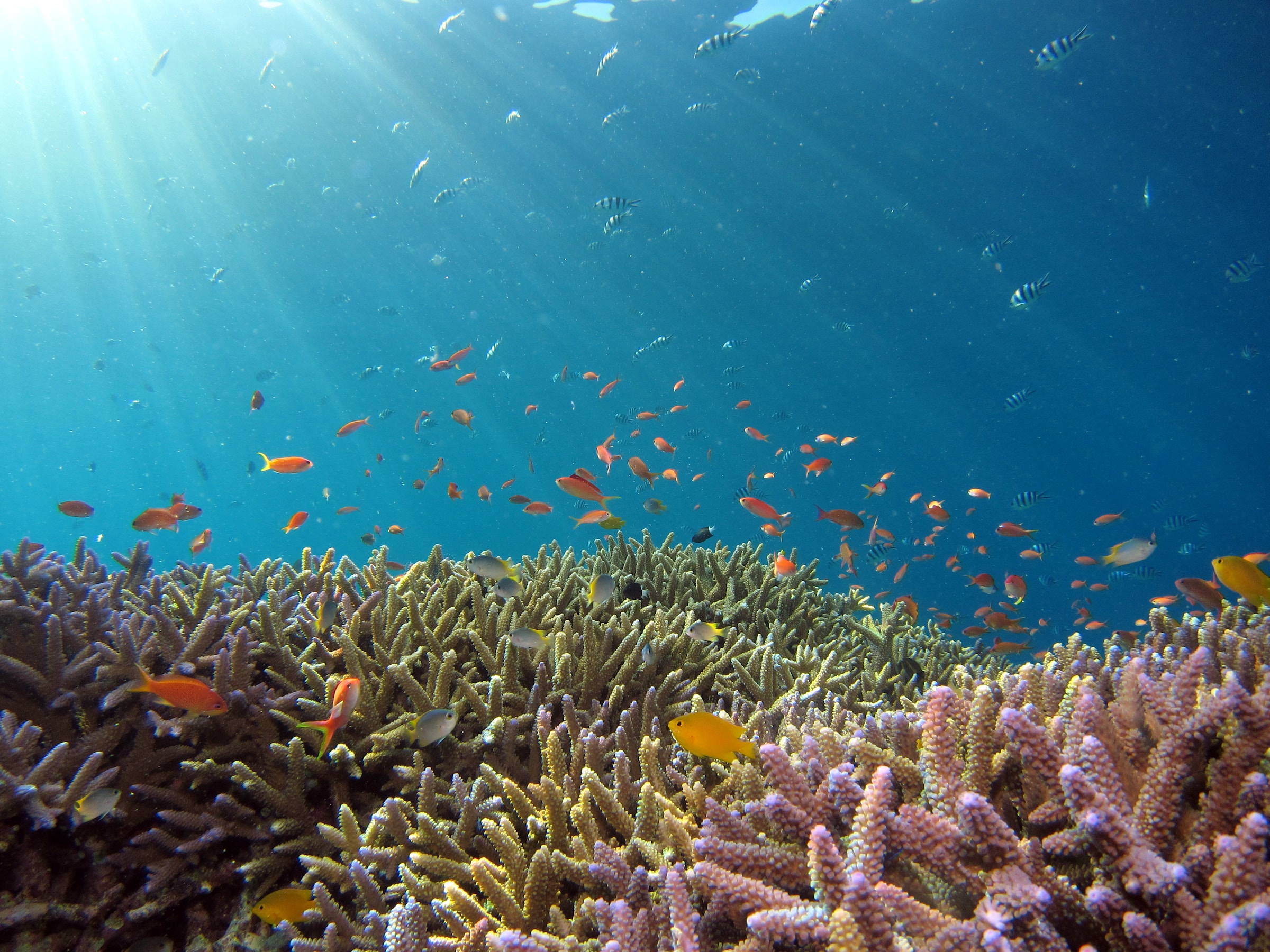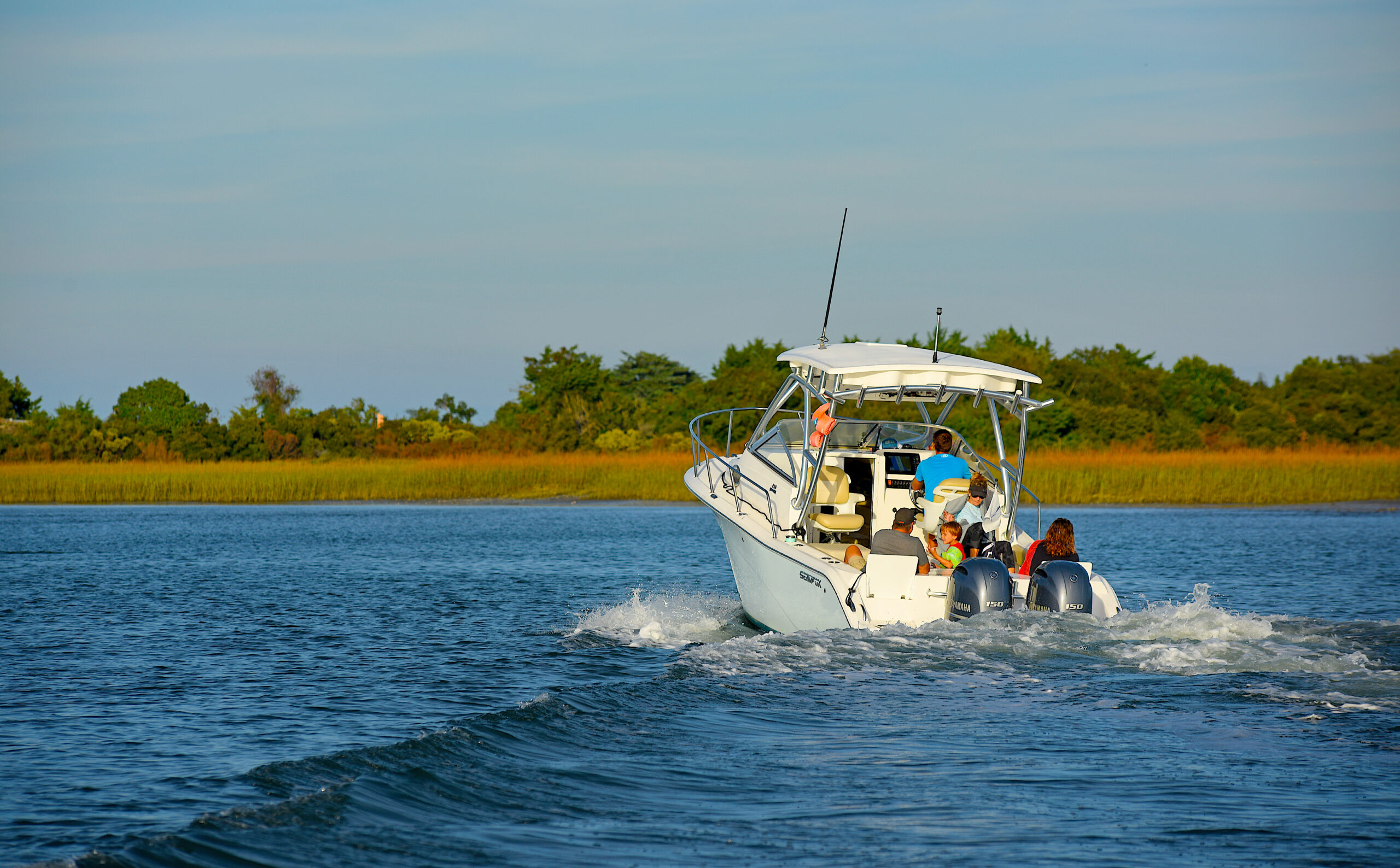What Can Satellite Imagery Tell Us About How Many Boats Visit Reefs?

Pioneering research from a joint North Carolina Sea Grant and NC Space Grant research fellow shows that spring and summer months bring the most visitors — likely due to fishing activity.
Shannon Ricci, the 2020-21 North Carolina Sea Grant/North Carolina Space Grant research fellow, recently won second place for her lightning talk “Assessment of Visitation Trends at North Carolina Artificial Reefs Using High-Resolution Satellite Imagery” (below) at the 2021 University Consortium Geographic Information Science Symposium.
For her fellowship, Ricci, a Ph.D. student in the Center for Geospatial Analytics at North Carolina State University, used remote sensing technology and satellite images to study how frequently recreational boats visited selected artificial reef sites that the North Carolina Division of Marine Fisheries maintains through its artificial reef program.
While environmental impacts of the reefs are well documented, economic impacts are less understood, particularly when it comes to knowing how often boats are visiting and using the reefs. Before Ricci’s study, data on recreational fishing’s impact on the coastal region had been collected only through boat-ramp surveys and mail-in surveys.
In her presentation, Ricci concludes that an approach combining passive methods (like satellite imagery) with more traditional methods (like surveys) could provide a more complete picture of reef use.
The joint North Carolina Sea Grant/North Carolina Space Grant Research Fellowship supports interdisciplinary approaches to address research needs for the state’s nearshore environments and coastal areas and watersheds. The fellowship specifically funds projects that utilize relevant measurement instruments and/or remote-sensing data resources from NASA and NOAA.
Read more about the North Carolina Sea Grant/North Carolina Space Grant Research Fellowship.
Lead image: Okinawa sea by Hiroko Yoshii / Unsplash
The text from Hook, Line & Science is available to reprint and republish, but only in its entirety and with this attribution: Hook, Line & Science, courtesy of Scott Baker and Sara Mirabilio, North Carolina Sea Grant. HookLineScience.com



